1.1.1 Scope of View: What is an Information System and IS-Management?
Before focusing deeply into the topic of Information Systems or Information Technology, we should step back for a moment and create a common understanding of our subject matter subject matter (so as not to end sentence with preposition). The following statements can be read in many basic works about information technology. There also might be some authors who disagree. However, this does not matter since a definition is never true or false; the only thing you can expect is that a definition is logical, consistent and accepted in the context used. So lets agree on the following things:
 Information Systems are not identical with computers. Paper, Pencil and an agreed way of writing down cash in, cash out, accounts receivables and so on for a medieval merchant might also be called an information system. Of course, the power and ease of use of computers make them the most obvious choice for processing information (digital). However, Technology must clearly be subordinate to a) the real thing (merchant sales and trade) and b) the concept of his documentation (here: bookkeeping).
Information Systems are not identical with computers. Paper, Pencil and an agreed way of writing down cash in, cash out, accounts receivables and so on for a medieval merchant might also be called an information system. Of course, the power and ease of use of computers make them the most obvious choice for processing information (digital). However, Technology must clearly be subordinate to a) the real thing (merchant sales and trade) and b) the concept of his documentation (here: bookkeeping).
Information systems always include or affect organizations (people), management (planning, controlling and motivating the organization) and an applications system . An application system consists of enterprise processes (e. g. like sales), data (e. g. like customer data), and an IT-infrastructure (e. g. desktop computers and servers) and application software . Application software (like an office package) finally is colloquially called software. Keep in mind this hierarchy of terms: Application software is part of an application system which is part of an information system (IS).
: The Relationship Between Information System and Applications System
(Based on Laudon/Schoder (2012) p. 18)
The application system consists of operative tasks and processes that will support the IT-infrastructure, the applications software, and the data which it needs to complete its tasks. An information system additionally includes the organization and management issues and is individually specified to the company in which it is applied.
If we zoom in on the applications system it always has some common features, no matter who provides it or how its architecture is set: somehow there must be the possibility for data-input, secondly something will be done with the data (like being computed), and finally, there will be a way to get the results out of the machine onto a screen, a printer or for further processing in another application system. All of this basic process is not happening in an isolated manner, but has close connections to the environment. Input might come from, and output might go to, suppliers, customers, regulatory agencies and so on.
: Features of an Application System
(Based on Laudon/Schoder (2012) p. 18)
An application system contains information about a company and its surrounding environment. Three basic activities input, processing and output produce the information organizations need. Feedback returns the output to appropriate people or activities in the organization to evaluate and refine the input. Environmental actors, such as customers, suppliers, competitors, stockholders and regulatory agencies, interact with the organization and its information systems.
This book will focus on different, selected aspects selected from all three steps; necessarily there will be some omissions left for further investigation on your own. If you would like another separation of the lectures, you may separate them by using IS (14) and managing IS (57).
 Now that the hierarchy of terms has been made explicitly clear, please be prepared that the use of the terms will be a little more relaxed. Most of the time we will be talking about an application system, but it might be called IS or IT and sometimes software. However, the topic of discussion will be very clear from the context.
Now that the hierarchy of terms has been made explicitly clear, please be prepared that the use of the terms will be a little more relaxed. Most of the time we will be talking about an application system, but it might be called IS or IT and sometimes software. However, the topic of discussion will be very clear from the context.
1.1.2 Environmental Influences
The fact that digital IS (software on computers) has been growing during the last 50 years is obvious. The growth might even be considered exponential. It depends, of course, on how you would go about measuring it.
Every growth has two drivers: technology to satisfy a market need and a need to improve business or life. The improvement of the technology can, for example, be viewed by Moores law (please research on your own). Your Smartphone in the year 2014 has many times more computing power than the computers of the Apollo Mission. However, this lecture wants to follow a strict market-driven view. So these are the four changing business conditions that make the use of IS more likely and more intense:
: Four Changing Business Conditions
(Based on Laudon/Schoder (2012) p. 8)
| Globalization | Changing of organization structures |
|---|
| Management and control in a global market | Less hierarchy, more even organization structures |
| Competition in the world market | Decentralization |
| Global working groups | Higher flexibility |
| Global supply systems | Independent of location |
| Low cost of transaction and coordination |
| Delegating responsibilities to operators |
| Cross-company cooperation and team-work |
| Increasing significance of the information economy | Development of the cross-linked company |
| Knowledge- and information-based market economy |



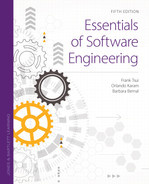
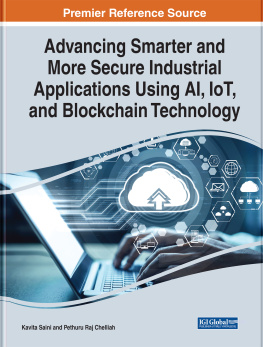

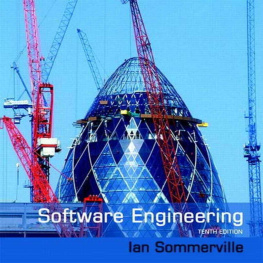
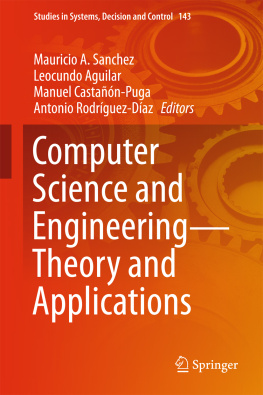
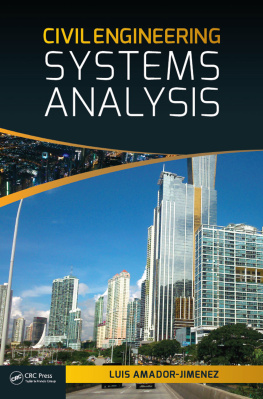
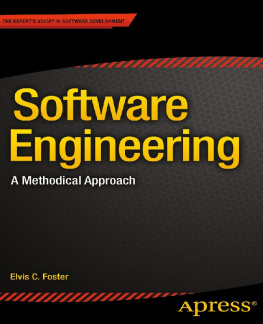
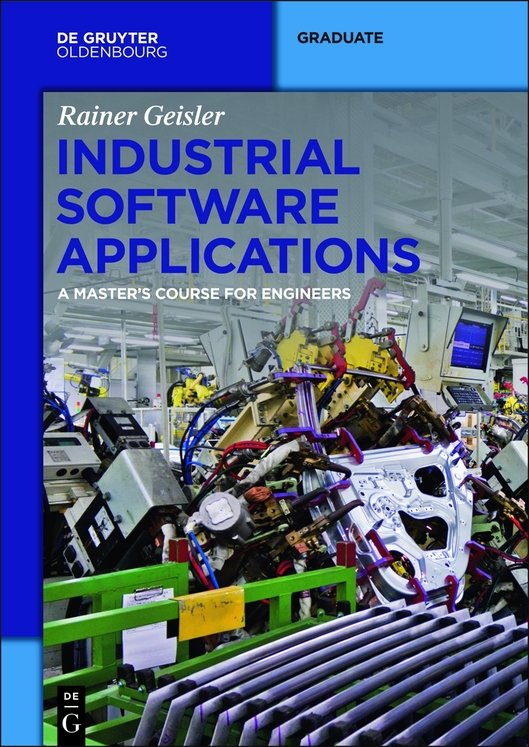
 Information Systems are not identical with computers. Paper, Pencil and an agreed way of writing down cash in, cash out, accounts receivables and so on for a medieval merchant might also be called an information system. Of course, the power and ease of use of computers make them the most obvious choice for processing information (digital). However, Technology must clearly be subordinate to a) the real thing (merchant sales and trade) and b) the concept of his documentation (here: bookkeeping).
Information Systems are not identical with computers. Paper, Pencil and an agreed way of writing down cash in, cash out, accounts receivables and so on for a medieval merchant might also be called an information system. Of course, the power and ease of use of computers make them the most obvious choice for processing information (digital). However, Technology must clearly be subordinate to a) the real thing (merchant sales and trade) and b) the concept of his documentation (here: bookkeeping).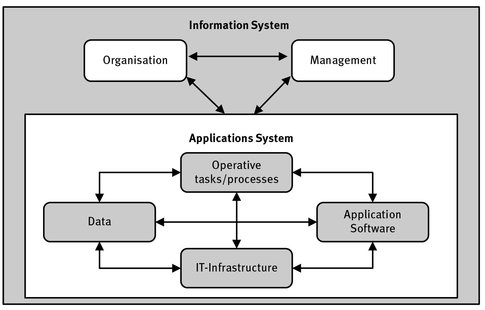
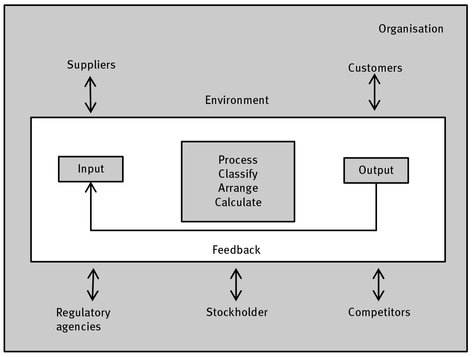
 Now that the hierarchy of terms has been made explicitly clear, please be prepared that the use of the terms will be a little more relaxed. Most of the time we will be talking about an application system, but it might be called IS or IT and sometimes software. However, the topic of discussion will be very clear from the context.
Now that the hierarchy of terms has been made explicitly clear, please be prepared that the use of the terms will be a little more relaxed. Most of the time we will be talking about an application system, but it might be called IS or IT and sometimes software. However, the topic of discussion will be very clear from the context.